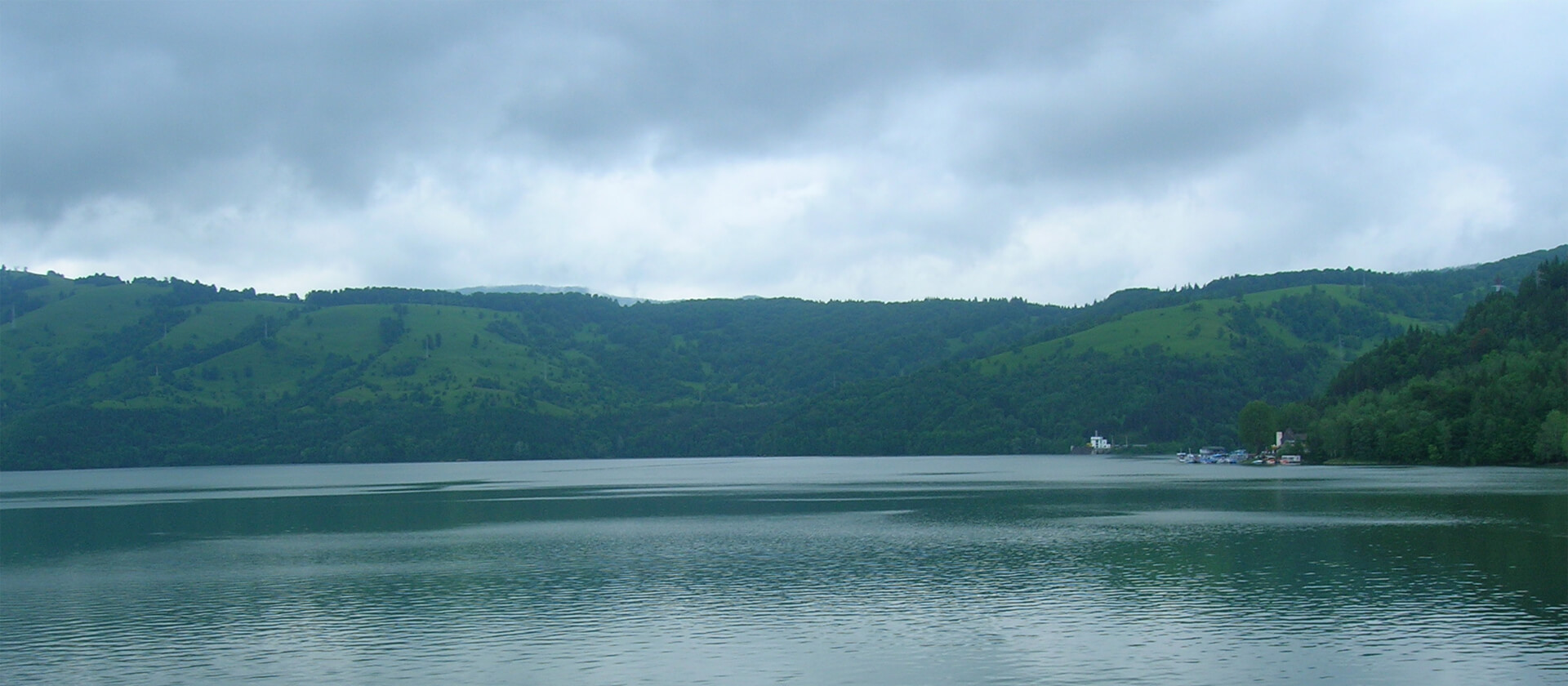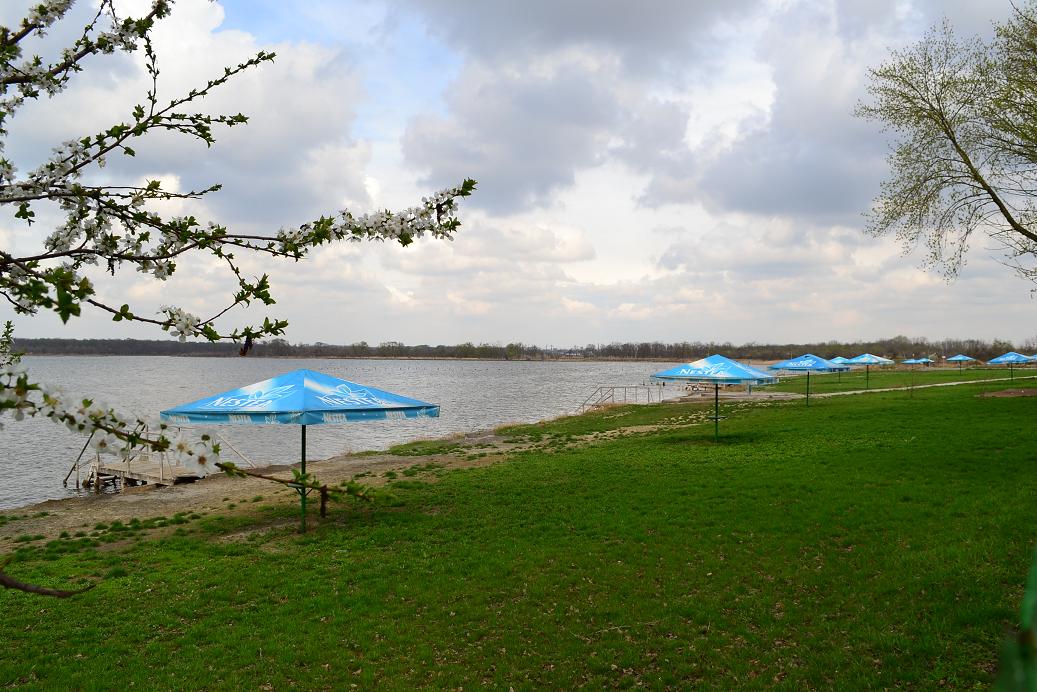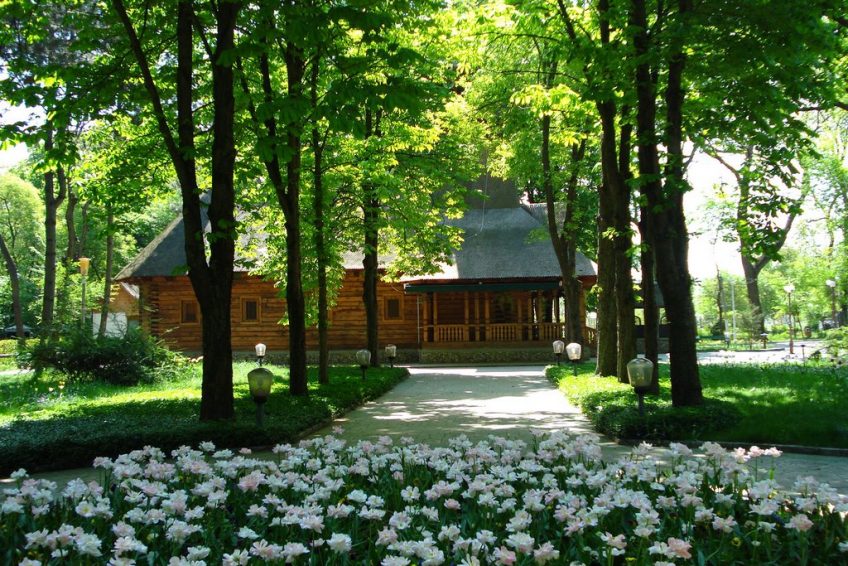Lacul Sarat
Situata în partea de est a României, în Baraganul de Nord, statiunea se gaseste la o distanta de numai 5,5 km. de municipiul Braila. Înconjurata de un parc de 40 ha (30 ha padure si 10 ha zona verde ) acesta confera un cadru deosebit de pitoresc atât prin monumentalitate, cât si prin vechime, statiunea Lacu Sarat fiind o adevarata oaza de verdeata cu efecte benefice asupra corpului uman.
Namolul sapropelic din lac;
Bioclimat excitant de stepa.
Afectiuni reumatismale articulare inflamatorii (poliartrita reumatoida, spondilita)
Afectiuni reumatismale abarticulare
Afectiuni posttraumatice
Afectiuni neurologice periferice (pareze usoare si paralizii periferice ale membrelor, sciatica, nevrite, poliradiculonevrite, sechele dupa poliomielita, atrofiile muschiulare si mielita cronica)
Afectiuni ginecologice (insuficienta ovariana, metrite, vaginite, cervicite cronice).
Stari febrile
Tumori maligne
Stari hemoragic
Guta
Astma
Boli de inima
Afectiuni ale rinichilor
Gastroenterite.
Feroviar: gara Lacu Sarat sau gara Braila (pe ruta Bucuresti - Faurei - Braila) si din Braila cu tramvaiul (5,5 km.) pâna în statiune.
Primele informatii referitoare la aceasta zona a Brailei ne parvin din timpul domniei lui Vlad Tepes. O serie de legende locale amintesc de faptul ca în padurea de la Lacul Sarat, domnitorul a tras în teapa pe turcii capturati cu prilejul campaniei din 1462 de la Braila. Se stie precis faptul ca în campania sa împotriva domnitorului muntean, sultanul Mahomed al II-lea cuceritorul Constantinopolului, a trimis la Braila pe Hamza - Beg seful vânatorilor imperiali. Acesta a fost capturat de ostenii români si pazit pâna la întoarcerea voievodului român ce se afla în expeditie pe malul turcesc al Dunarii. Hamza - Beg si însotitorii sai au fost executati prin tragere în teapa la sosirea domnitorului. Ulterior turcii, dupa transformarea Brailei in anul 1540, aflând de la localnici despre efectele binefacatoare ale lacului, l-au folosit drept scaldatoare atât pentru ei cât si pentru cai. O serie de informatii atesta ca lacul era pazit în acest scop de oameni speciali platiti de catre autoritatile raialei. Dupa eliberarea de sub stapânirea otomana în anul 1829 si reintroducerea administratiei românesti, autoritatile locale au luat o serie de masuri astfel încât pe la 1850 eficacitatea apei si a namolului fiind deja recunoscute în întreaga tara. Desi cunoscuta din anul 1850 prin calitatile superioare ale apei si namolului fata de alte lacuri similare din Italia, Suedia, Austria, abia în urma cu 20 de ani a fost admisa în rândul statiunilor importante ale tarii. Avându-se în vedere calitatile apei lacului si ale namolului sapropelic, în anul 1978 s-a dat în folosinta un Complex Balnear în a carui baza de tratament se efectueaza zilnic pâna la 500 proceduri.
Laser, bai galvanice, kinetoterapie individuala si în grup, bai de sare la cada, bai de namol, împachetari generale cu namol, cataplasme cu namol, dus subacval, bai de lumina, bai galvanice, diadinamice, ultrasunete, ultrascurte, magneto-diaflux, infrarosii, solux, ultraviolete, acupunctura, iono-galvanizari, aerosoli, masaj, gimnastica medicala, bazin kinetoterapie.
Apa minerala din lac are o mineralizare totala de 83,955 mg/l iar namolul sapropelic din lac este negru-albastru onctuos, cu miros pronuntat de hidrogen sulfurat, abundent in substante minerale ( circa 41 %) si organice ( circa 30%) cu un continut de 62,3 g% apa.
Litoralul Marii Negre cu salba sa de statiuni; Manastirea Cocosu, Cetatea Enisala, Tulcea ( Muzeul Deltei Dunarii)
Smârdan
Muntii Macinului
Galati (Biserica Cetate Sf. Maria construita în 1674 de catre domnitorul Vasile Lupul, Piata Primariei proiectata dupa planurile arhitectului Ion Mincu în 1911, Casa Memoriala Alexandru Ioan Cuza întemeietorul statului român modern prin realizarea unirii din 1859, Biserica Episcopala a Dunarii de Jos, Faleza Dunarii)
Gradina Publica, oaza de vegetatie având cea mai veche constructie "Castelul de apa"
Expozitia memoriala Dumitrescu Panaitescu Perpessicius, poet critic si istoric literar;
Casa memoriala "Panait Istratidin Gradina Publica
Biserica Greaca - construita în 1872
Muzeul Brailei - sectia etnografie - cladiri cu arhitectura specifica
Parcul Monument ce se întinde pe o suprafata de 90 ha
Faleza Dunarii cu o lungime de 7 km
Biserica "Sfintii Arhangheli unica biserica ortodoxa din România fara turle ( biserica este o fosta geamie transformata in biserica ortodoxa , dupa Pacea de la Adrianopol din 1929)
Manastirea din lemn din Statiunea Lacu Sarat.
S.C UNITA TURISM HOLDING S.A – sucursala Braila
S.C. ELDOMIR IMPEX S.R.L.







